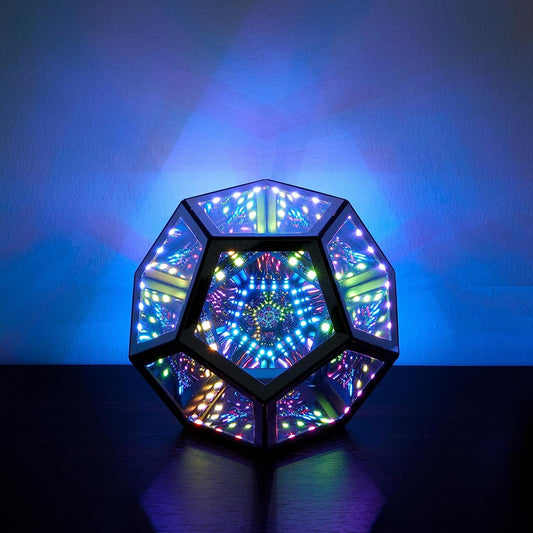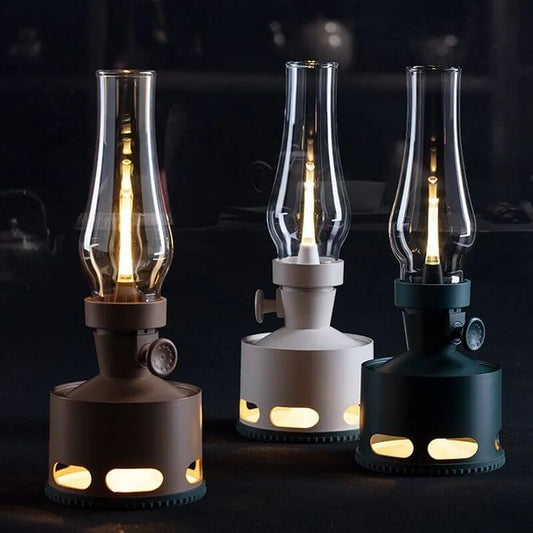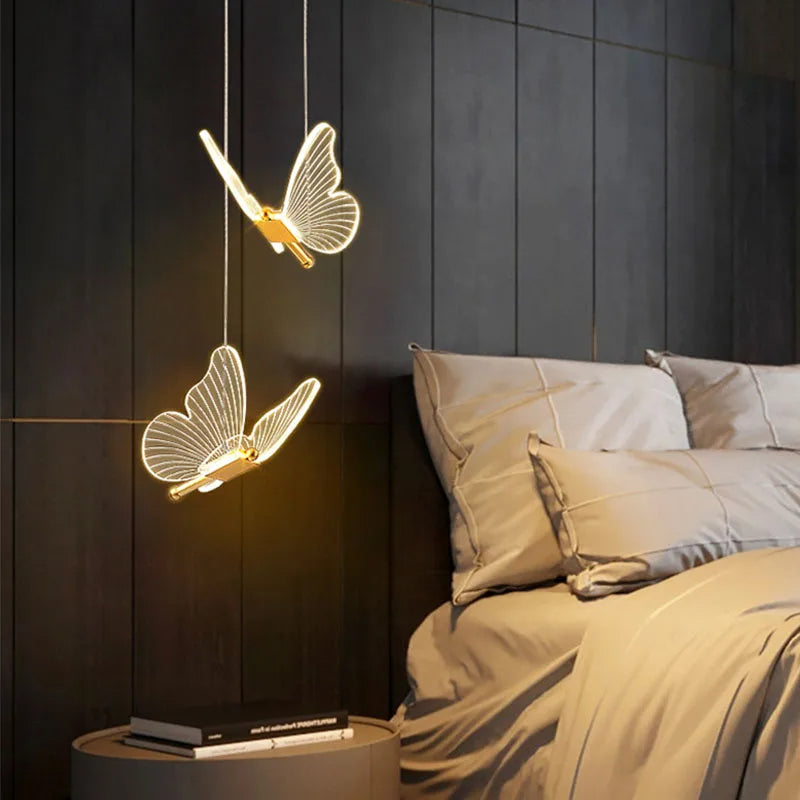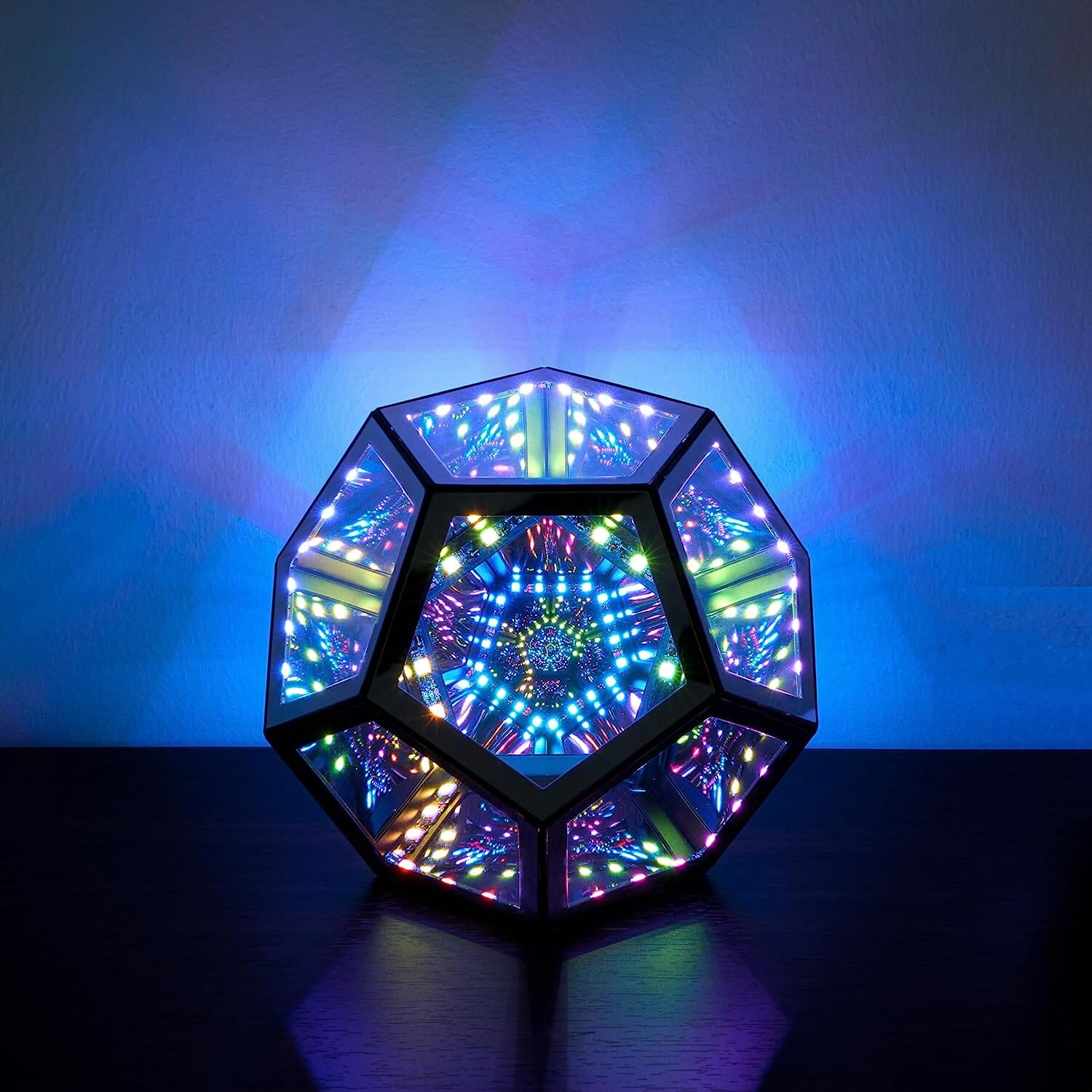Glass making as a valued profession goes back hundreds of years in Turkey and is thought by most historians to have reached its zenith in the 16th century. Glass products of this time including flower vases, carafes, drinking glasses, sugar bowls, flasks and more exhibit an amazing delicacy and are examples of the highly developed aesthetic sensibilities of the artisans of the time. It is actually during this time that the historical record first takes note of oil lamps with colorful glass shades that would become the precursors of the Turkish lamps we know today.
The Making of Turkish Mosaic Lamps
Mosaic lamps derive their beauty from the quality of materials used in their construction and the skill and imagination of the artisans that conceive and fabricate them. Mechanization has virtually no place in the production process and as such each mosaic lamp is very much an individual object d’art.
The Turkish glass lamp shade spent several centuries being refined and reworked and having its aesthetic breadth expanded and elaborated upon. By the late 19th century it had reached an extraordinary level of elegance and sophistication. It was at this time that Louis Comfort Tiffany, on one of his many European sojourns, first encountered them. He was so taken aback with what he’d found in Constantinople (present day Istanbul) that he returned to his American workshops and set about to try and emulate it.
Tiffany made subtle changes to the production process and also tweaked the look of the glass itself to set them apart from their Byzantine progenitors then launched the new product in 1893 to a rapturous reception from consumers on both sides of the Atlantic. From that point on the mosaic table lamp, which had been developed and refined in Asia Minor for hundreds of years, became widely known as the ‘Tiffany Lamp”.
The Role of the Mosaic Lamp
Today as you amble through the wealth of Turkish crafts the glass mosaic lamps you’ll see are little changed from the mosaic lamps that inspired Louis Comfort Tiffany to adapt the idea to his brand of light fixtures. The warmth and honesty exuded by these decorative lamps is not intended to provide bright light for the conduct of detailed work. There are other types of light for that. Their job instead is to set a mood and create a calm, relaxed atmosphere whether you place them in the vestibule or over the kitchen countertop.
Add the Charm, Elegance and Mystery of the Orient to your Home
The Turkish mosaic lamps we sell at Wishicious come in a variety of styles and sizes. Each one is an individual expression of the glass maker’s craft, hand-wired and assembled in workshops that are little changed from the days of the Ottoman Empire and Byzantium before it. There are no mechanized factories in Turkey where mosaic lamps are assembled by robots for mass consumption. These art objects are reminders of timeless traditions and the value of craftsmanship. Long after even the most sophisticated smartphones of today are obsolete these mosaic lamps will remain; silent reminders of the eternal and enduring values of Turkish crafts.
The mosaic lamp has evolved over time to become a nearly indispensable addition to any sophisticated décor. The warmth and charm they bring to a space, combined with the tactile quality of their construction and the sheer beauty of the light they cast makes them the perfect anchoring element in the study, the foyer, the kitchen and elsewhere. Few other decorative components will exude such an influence over the way your home is experienced, and fewer still will be capable of doing so for decades to come.











